We already reported at the Ars Electronica Blog about the annual Campus Exhibition. It’s become something of a Linz Art University tradition over the last years not only to showcase the prodigious talents of undergrads in the school’s Interface Cultures program but also to invite a partner institution from outside Austria to make a guest appearance. At the Ars Electronica Festival 2015, Paris 8 University presents thirty years of digital research and creative work from pioneering artists and researchers in the early years as well as from young contemporary artists today. The exhibition perfectly coincides with the determination of Paris 8 to showcase its dynamism in the digital field by naming 2015 the year of “Université 8.0: Le pari numérique!” – “University 8.0: the digital challenge!”.
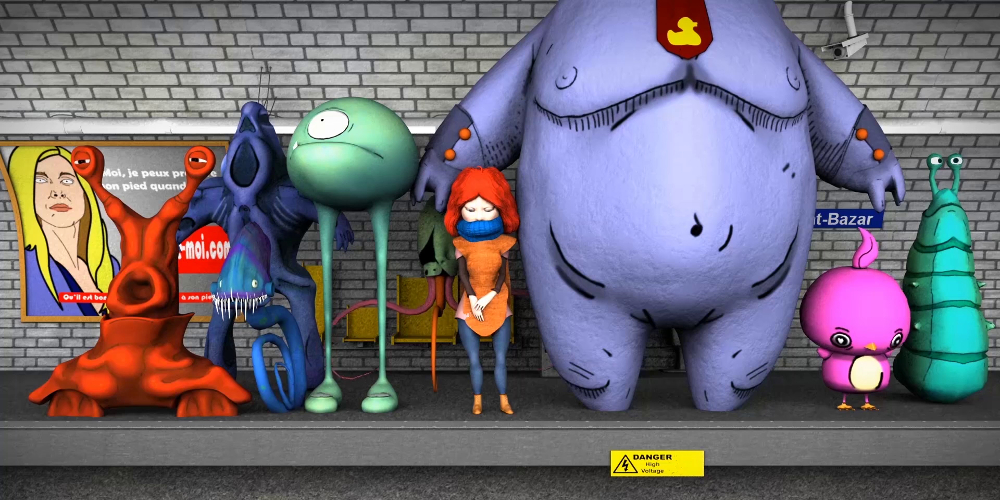
Daily Paris / Loic Barnet, Tristan de Saint-Ceran, Steven Belair and Camille Couturier
We have talked with Chu-Yin Chen, Co-head of the Master Art & Technologies de l’Image, and Jean-Luc Soret, curator of the Campus Exhibition.

Mélange / Nicolas Liautaud, Alice Suret-Canale, Hugo Paquin and Nicolas Dubois
Université Paris 8 is naming 2015 the year of “Université 8.0: Le pari numérique!” (“University 8.0: the digital challenge!”)…
Chu-Yin Chen: Yes, the organisation of themed-years at our university over the last few years has allowed the academic community to engage itself in a shared project. These themed-years have given rise to a large number of events and have helped to lengthen the lifespan of certain initiatives.
In this perspective, the theme for the year 2015 is “University 8.0, the digital challenge!” Paris 8 University wishes to foster in-depth thinking about digital technology. The digital year must be an opportunity to engage the entire academic community and our partners, to disseminate our thinking and our achievements more widely, to elaborate new projects and to outline new investigations on the subject. A large number of events designed for all audiences will create a strengthened sense of dialogue within our community relating to our field of inquiry: screenings, debates, public events, honourable distinctions, exhibitions, competitions, festivals and international symposia will thus help to reinforce interactions with our socio-economic, scientific and cultural partners. For instance, the Paris 8 University brought a strong support to this international event: Campus Exhibition in the Ars Electronica Festival 2015.
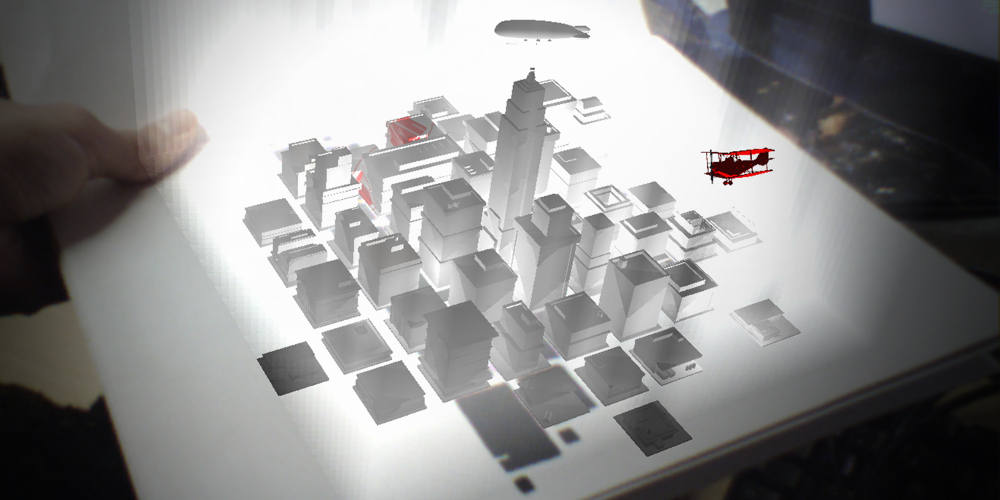
Immersio / Clémence Bugnicourt, Ulric Leprovost, Thomas Revidon and Laure Le Sidaner
What can we expect at the Campus Exhibition during the Ars Electronica Festival 2015?
Jean-Luc Soret: People will see numerous 3D CGI animated films created from 1985 to 2015. Some experimental projects are made over several months and some intensive projects are completed in just three weeks. The films illustrate a teaching philosophy based on the acquisition of both artistic and technical skills.
The screening area shows the wide diversity of animated movies: cartoons, special effects, artistic initiatives and experiments. The City Life Movies offer real or imaginary visions of city-dwellers in Paris. The Post Natural Movies represent nature or are inspired by living processes, taking us into a world that is both natural and artificial.
In another area films are shown made in the early years of 3D computer graphics; they are the result of the technological research carried out at the time.
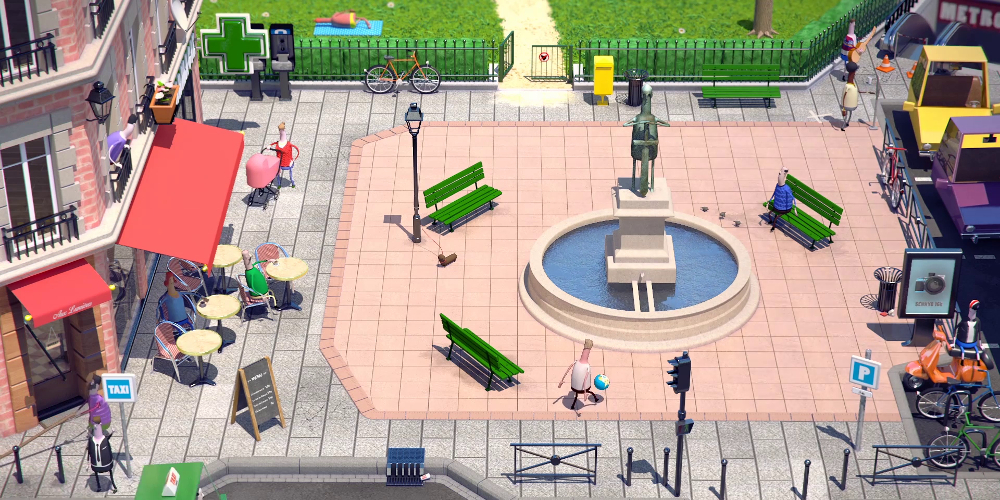
Place des Lumières / Elliott Amy, Pierre-Louis Cazé, Théophile Albert and Maximilien Rolland
Experimental digital video Installation, interactive art installations and videogames invite the audience to a journey into microscopic universes, photographic images, over data landscapes or through images transformed into three-dimensional objects. People will experiment with a supernatural mirror, new kind of portraits, will be able to blow on images, to play with autonomous virtual-reality dancers, to communicate with shadows through gestures, to make solar insects sing, to create artificial life forms or just to have fun with experimental games.
Digital literature, such as hypertext novels and generative poetry explore, for instance, the question of human being controlled by machines or several ways of reading a story. A panorama of digital literature produced at Paris 8 covering the period 1982 to 2015 will also show the work of 5 generations of researchers and students.
With Virtual Reality systems and augmented interactive books people will enter immersive or poetic environments connected between books and 3D images that challenge potential for interactive presentation that remains largely unexplored. People will be also invited to play with their fingers to create an interactive dance show viewed in augmented reality or to play with images between past and present, reality and fiction.
Behavioural objects and sensorial prototypes will be exhibited like, for instance, a frame having a fit of hysterics, a carpenter’s rule moving along like an animal or a wearable suit for sight-impaired or blind people, which uses only touch for pedestrian navigation. Demonstration of a basic robotic toolkit will be done, making it possible to prototype and experiment with objects that display behaviour. Anyone will also be able to put themselves in other virtual bodies or to discover a world of shadows, magic or virtuality, challenging their habitual perceptions through illusions.

Le Défilé / Sophie Garrigues, Freddy Clément and Céline Mougel
How did you select the works which will be exhibited?
Jean-Luc Soret: First of all, each person in charge of a department, a research team and a consortium of institutional partners drew up a shortlist of artworks and projects. The “Campus Exhibition” organized by Paris 8 University presents thirty years of digital research and creative work, from pioneering artists and researchers in the early years to young contemporary artists today, so there are a large number of artworks to consider.
The final selection was made in the light of the artistic and aesthetic quality of the artworks and the aim was also to make the exhibition as representative as possible of the range of multi-disciplinary artistic and technical approaches that are taught at Paris 8. The exhibition spaces at Linz Art University led us either to organize the works thematically or to create a dialogue between them or between several generations of artists.
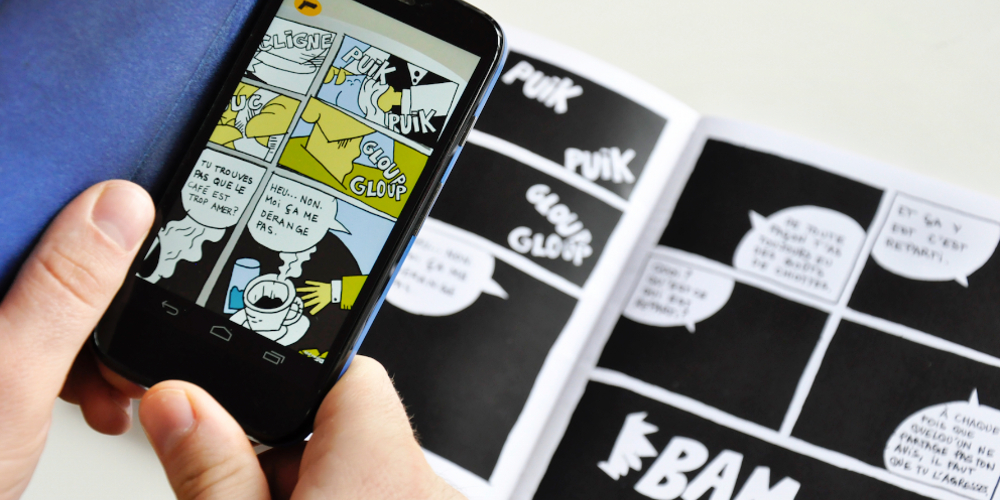
PAN! / Corentin Bertho, Christine Lumineau, Parnian Haghbin and Ana Cristina Villegas
What distinguishes Université Paris 8 from other universities?
Chu-Yin Chen: One characteristic of our university is to be one of the most open French universities in terms of foreign student intake. Foreign students represent over 30% of our student body and are of 157 different nationalities and this has often led us to describe ourselves as a World University — something we consider to be a huge asset.
For the last five years, Paris 8 has offered a unique framework and a privileged environment for research initiatives: the “Laboratoire d’Excellence: Labex Arts H2H”, and the “Initiative d’Excellence en Formations Innovantes: CréaTIC” are French government investment programmes and original trans-disciplinary research and training initiatives rooted firmly in the 21st century and focusing on digital art as it relates to the human and social sciences. This rich panorama illustrates the expertise and thinking of Paris 8 University in the field of Digital Art and New Media that highlights this campus exhibition!
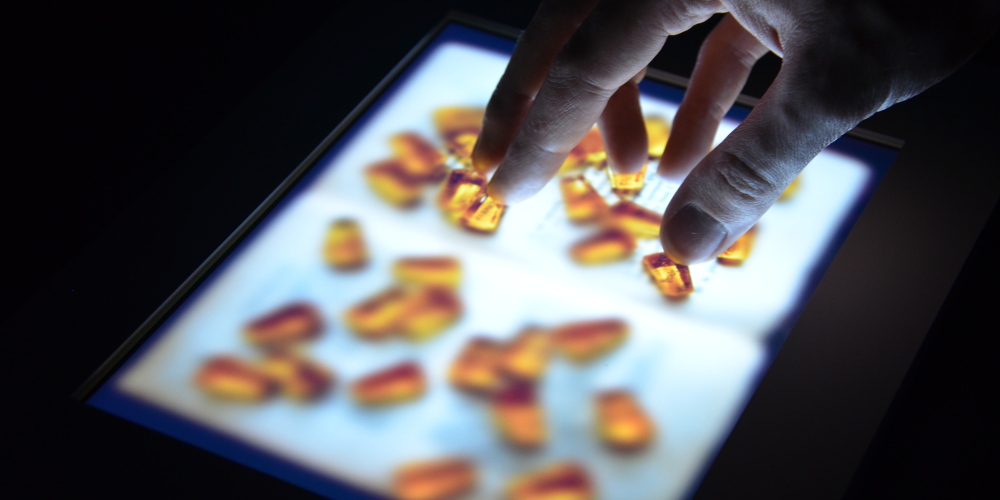
Book Tales / Dominique Cunin and Mayumi Okura

Artist and Professor, Co-head of the master Art & Technologies de l’Image; Director of the research team Image Numérique et Réalité Virtuelle (INRéV), in the laboratory Arts des Images et Art Contemporaine (AI-AC), University of Paris 8. Initiated to automatic drawing in 1980 in her home country Taiwan, the psychic automatism considered as a driving creative force became an inherent part of her personal artistic approach. After getting her degree in the Ecole des Beaux-Ars of Paris in 1993, she turns to new forms of artistic expression by means of the new technologies. Being part of an original movement crossing artistic creation, science and Artificial Life, she uses the art vector to build an innovative reflection connecting the Chinese thought to the occidental philosophies. Her work, based on artificial life and the design of complex systems, explores and promotes phenomena of co-creation and public intersubjectivity. Her 3D CGI animated films using Artficial Life and her Enactive Installations were presented during several international exhibitions and festivals in Europe and Asia.
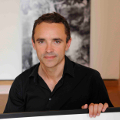
Jean-Luc Soret is a curator in charge of new media projects at the Maison Européenne de la Photographie (MEP) in Paris. He is a member of the curatorial team of the European Month of Photography network, which comprises institutions in Athens, Berlin, Bratislava, Budapest, Ljubljana, Luxembourg, Vienna and Paris. From 2000 to 2011 he was the director and co-founder of the @rt Outsiders International Festival in Paris, an annual show devoted to creative works at the intersection of art, science and technology. Since 2003 he has been a curator, curatorial adviser and speaker for numerous art exhibitions and events linked to outer space research and activities.
The Campus Exhibition will take place during the Ars Electronica Festival, 3rd – 7th September, 2015 at the Art University of Linz at the main square.
